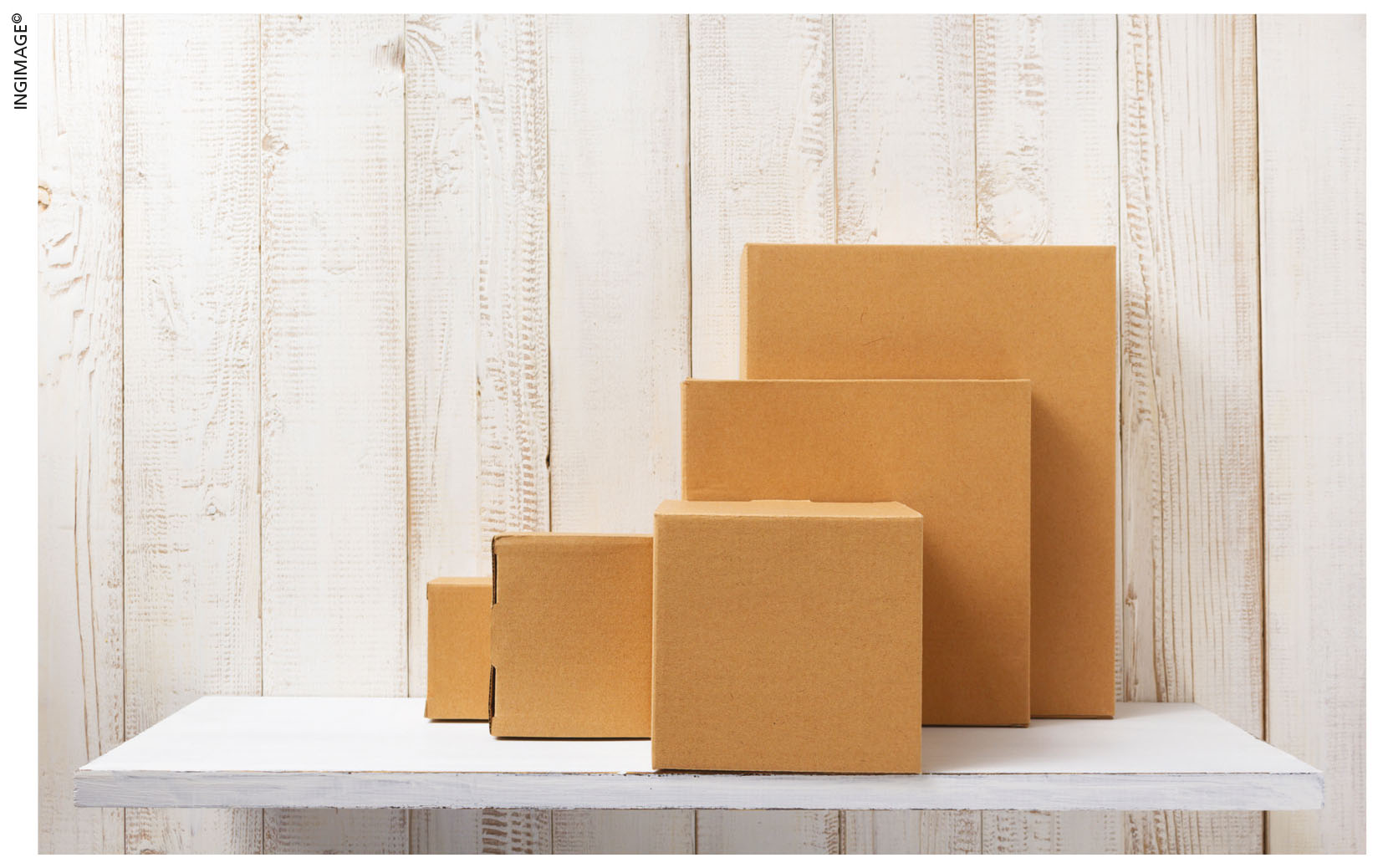PACKAGING MANTRA
THE EMOTIONAL SALES TOOL
Dr. Muneer Muhamed notes how smart packaging can make all the difference
If you have purchased a product and noticed its sleek white packaging compared to the typically dull industrial grade version of other brands, it may make you think twice about throwing the packaging away – so much so that we tend to purchase many items on the basis of their packaging alone.
In these days of media clutter and an aversion to advertising, we rely on packaging when it comes to purchasing certain items – especially off the shelves of those seemingly mushrooming retail chains.
When we do not read newspapers as a habit or have the patience to watch TV commercials, how else will we know which brand is good for us? Millennials for instance, prefer ad free content (which is probably why streaming services are so popular these days) and they rely on the merits of packaging.
Essentially, good packaging sells stuff – there’s no doubt about that. Before this idea is dismissed as a brilliant grasp of the obvious, permit me to explain…
Be it ketchup labels, boxes, bottles or toothpaste tubes, packaging is at the heart of a perfect storm. It’s the epicentre where consumers, products and cash convene in a spectacular display of ‘buy it or leave it.’ Unlike other forms of media, packaging has the power to close a sale in the final critical moments of a purchasing decision being made.
Which is why package design becomes crucial in terms of making or killing a brand. But is this the only role of packaging?
It must also vie for our attention on cluttered retail store shelves, induce first-time buyer purchases and even transform impulse buying into that emotional arena of brand loyalty. And this last item may be the most challenging – i.e. to attract new customers while maintaining existing clients.
While the answer might be complicated, it starts with the simple notion that all package designs need to be effective. Therefore, if consumers cannot find what you’re selling in an overwhelming ‘in store’ environment, you’ve already lost the battle. In other words, shelf space is king.
Consider the oft cited example of the toiletry aisle in supermarkets. Everyone knows the strategic placement of such brands is at five feet and four inches off the ground – or roughly, the eye level of average homemakers who tend to do the shopping for their households. They pay a premium for that space.
However, a new paradigm has evolved among major supermarket chains. The top shelf – a previously undesirable position in most grocery stores – has become quite fashionable. It is where they keep the odds and ends: rare olives, special exotic jams, obscure sauces, single source salad dressing and so on.
So when consumers reach for that shelf, they feel they’ve found something special – an item so exclusive that not everyone could find. And when they find that can of rare olives, what does it usually look like?
Often, the package design isn’t elaborate. It may not have bright colours, a gold leaf design or cartoon character endorsements because frequently, these brands do not have the money for all that fanfare. The irony is that this simplicity makes them stand out. In Asia, most fast-moving consumer goods prefer bright colours.
In fact, it is the job of packaging to create simple graphic messaging that can be considered concise, understandable and memorable. Consumers tend to crave products, services and packaging that simplify their lives. To this end, simplicity – and ultimately, minimalism – will continue to be an increasingly powerful influence in the retail sphere.
Although Apple may not worry too much about its packaging, Steve Jobs thought otherwise and it proved to add great value to the brand. The issue however, is not only about clean designs because there are plenty of examples where this is not possible.
For instance, if you’ve shopped in the soap aisle recently, you know what you’re up against. Looking to ensure that you purchase the right item from amongst whitening, perfumed, moisturised or simply the mildest of soaps is a task in itself. In this case, packaging is required to act as a billboard for the product.
If conventional wisdom holds that you’re only allowed seven words on a billboard that is 12 metres (40 feet) long, how on earth are you permitted 600 words on a box that’s two by three inches in length?
More often than not, package design is assigned the role of communicating myriad information: what the product is, who makes it, what it does, how it’s different and why one needs to purchase it.
So the answer lies in creating an information hierarchy with clear messaging. And don’t forget that you need to include the legally mandated product information and disclaimers in fine print!
One cannot simply sum up package design as the combination of art and science, or basic design and well coordinated information. Part of the magic equation is that packaging design has to be the most emotional selling tool.




